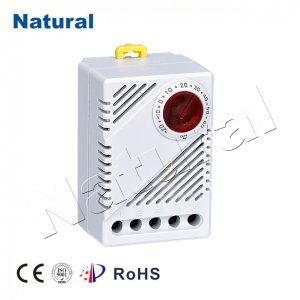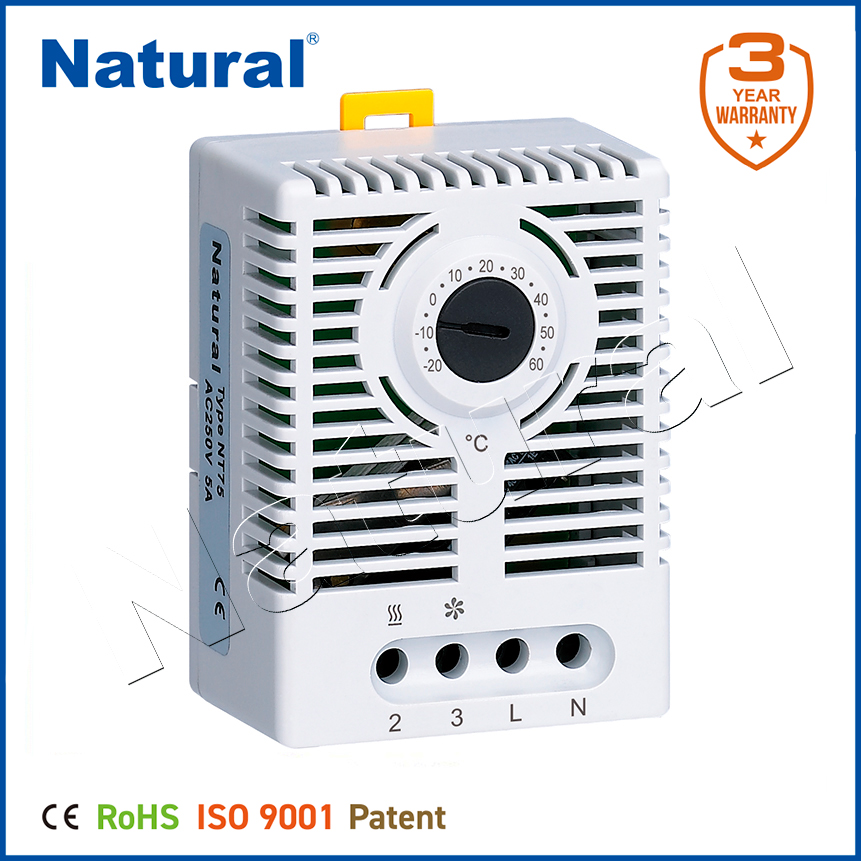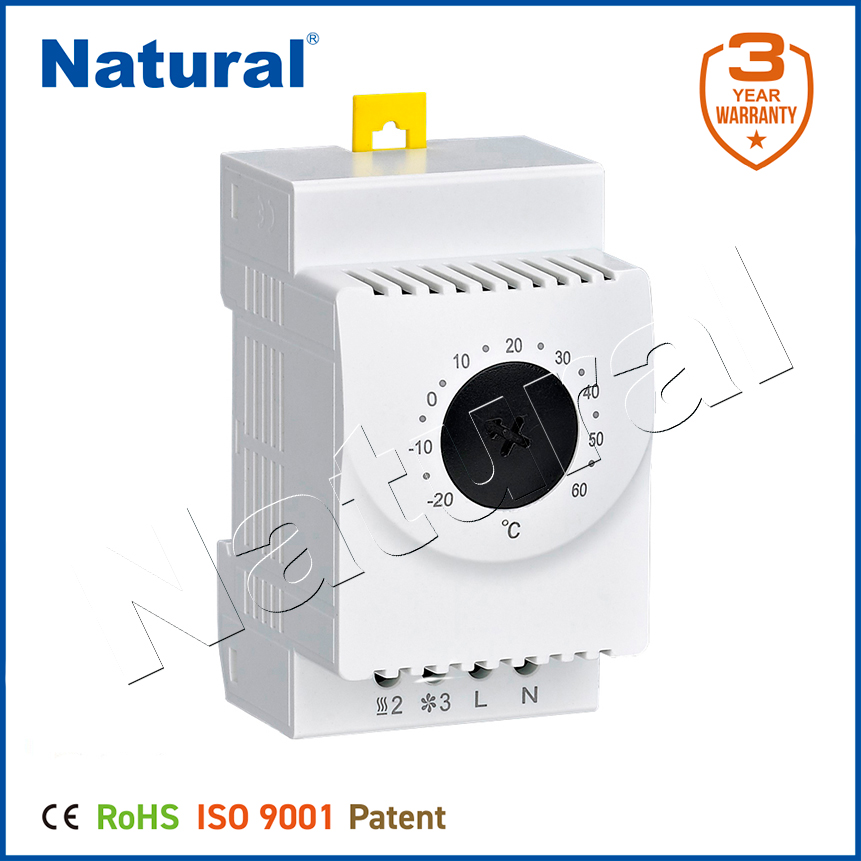An electronic thermostat is a modern and efficient device designed to regulate the temperature of a home or office environment. It works by automatically controlling the heating and cooling systems to maintain a desired temperature. Unlike traditional mechanical thermostats, which rely on bimetallic strips and mechanical components, electronic thermostats use sensors and microprocessors to offer greater accuracy, convenience, and energy efficiency. As technology continues to evolve, electronic thermostats have become an essential part of modern homes, offering homeowners improved control over their indoor climates.

How Does an Electronic Thermostat Work?

The core function of an electronic thermostat is quite simple: it senses the current temperature of the environment and compares it to the desired set temperature. When there is a discrepancy, the thermostat sends signals to the heating or cooling system to adjust the temperature accordingly. Most electronic thermostats are equipped with digital displays and user-friendly interfaces that allow users to set and adjust the temperature easily. Electronic thermostats typically use temperature sensors (often thermistors) to measure the ambient temperature in real-time. These sensors send data to a microprocessor, which processes the information and adjusts the operation of the HVAC (Heating, Ventilation, and Air Conditioning) system. The microprocessor then activates the system to either heat or cool the space, depending on whether the temperature is above or below the preset range.
